[imagebrowser id=81]
Patrick Sweeney performs a variety of AR-15 tactical gun tests. Can any of them stand up to this brutal AR-15 torture test?
Let’s be clear about this gun test right now. What I’m doing – putting a variety of AR-15s through five torture tests – you should not do. It is/was hazardous, abusive, potentially very expensive, and more than just a bit crazy. I took thousands of dollars worth of fine machinery and worked very hard to see just how far I could push it before something gave up. If, even after I recount this gun test and tell you to not do the same, you go and do it, don’t blame me. I told ya not to do it.
Gun Test #1: Buried Alive
I took each AR-15, loaded it, chambered a round, closed the ejection port door, dropped it on the ground and shoveled topsoil over it. I then picked it up, fired five rounds, left the ejection port door open, put it on Safe, dropped, shoveled and repeated.
In shoveling, I made certain to get a full shovel of dirt right onto the open ejection port (bolt closed on a loaded round) and to put two shovelfuls onto the forearm, to work their way down to the piston system, if any. Just to be thorough, I shoveled dirt onto the handguards of the DI-driven rifles, but I also did so with the full realization that it was pointless with them.
When empty, I changed magazines, left the ejection port door open and continued. Once I had gone through all three magazines I moved on to the next rifle.
AR-15 Torture Test Result: This proved spectacularly unimpressive, so I moved on to Test Two.
[imagebrowser id=91]
Gun Test #2: Sand Trap
My hope was that the sand would be a lot more abusive to the systems than the topsoil. My hopes for this AR-15 torture test proved to be unwarranted. They all shrugged off the sand just as they had the topsoil. Oh, there were differences.
For one, sand, propelled by the muzzle blast, is a lot harder and sharper than topsoil. I got to the point where I could tell you, just from the impact on my hands and arms, if a rifle had been dosed with topsoil or had been given a sand bath. And any rifle with a muzzle brake on it was a lot worse than just an A2 flash hider.
Also, the sand in the piston systems, I think, was pumping granules into the air. Not much, and it certainly wasn’t hindering the piston function, but I could feel sand on my hands coming from a direction not of the muzzle.
A brief aside here, on muzzle control and testing. Even though I was dropping rifles on the ground, I was careful to not let the muzzle get packed with dirt or sand. Well, careful at first. After a few “Oh what the heck, let’s see what happens” moments, I didn’t bother trying to keep dirt or sand out of the flash hider. What led me to that was a few episodes of dirt in the muzzle. In the process of carefully poking it out with a stick, I discovered that the dirt was only in the flash hider itself, and not down the bore. So, the next time the flash hider got dirt in it was when I said, “What the heck, let’s see….,” and pulled the trigger.
AR-15 Torture Test Result: Puff of dirt, bullet hits backstop, no apparent damage. So, while I didn’t go out of my way to be careful nor to deliberately pack dirt in the end, I didn’t worry about clumps of dirt or sand that I could see in the flash hider.
[imagebrowser id=101]
Gun Test #3: De-Grease the Pistons
The sand hadn’t gotten me anywhere in the previous AR-15 torture test, so I decided to pile on. Since most of the rifles were piston-driven, I figured I’d really create problems: I degreased the piston system. That way, they’d be running bare, dry metal on metal, and the sand could do more.
I used carb and choke cleaner to thoroughly degrease all the piston parts. I didn’t degrease the bolt, carrier and trigger mechanisms simply because of my earlier test. A properly set-up AR will run dry in the right conditions. But dry is not how it is meant to run. If I were to degrease it entirely, I’d have to (in the interest of proper scientific method) do three AR-15 torture tests: dry bolt and carrier, lubed piston; dry piston and lubed bolt; and both dry.
Again, there is only so much one experimenter can do, so I left that level of thoroughness to someone else. I also did not degrease the gas tubes of the DI guns. Once de-greased, they all got the sand tests all over again.
AR-15 Torture Test Result: How did it go? To summarize in one word: bo-ring.
[imagebrowser id=111]
Gun Test #4: Too Much Lube
Since the sand on dry piston systems had proven an utter failure (heck, all the AR-15 torture tests to this point was a failure, if the goal was to create malfunctions), I figured to go in the opposite direction: Too much lube.
My first attempt was ugly in the extreme. I figured I’d just pour 10W30 motor oil out of the bottle directly onto the piston system.
Oh that was awful. Bad decision. Not the thing to do. You see, there was no way to pour just through the holes in the railed handguard, oil oozed all over the handguard itself, and so I ended up with a piston-driven oily mess. Everything forward of the magazine well was a sloppy, oily mess, so much so that I didn’t want to fire it. I didn’t want to touch it, let alone let it splatter me with oil.
So, I used three cans of carb and choke cleaner getting that one rifle cleaned, plus a few vigorous swishing sessions in the club’s drainage pond (we call it the rice paddy), to get it un-obnoxioused. Once clean, I used a proper oil can, pumping oil into each piston system through the holes of the railed handguards, and gooped them up good.
Once gooped, they received the sand treatment again. Each got the five rounds, dropped, shoveled, five rounds and repeat. Each proved to be up to the task, grinding through the ammo, sand and my patience. I wore a facemask for this and an old shirt. I realized, from the sand splatter in tests two and three, that there was a lot of stuff flying about, and I didn’t want any in my eyes.
AR-15 Torture Test Result: In the continuing pattern, this was an utter failure, except to turn even more club members away from the range in agony, and add evidence to my lunacy.
[imagebrowser id=121]
Gun Test #5: Drown It
I retired to our “wet” range, the club’s Range #4, taking a plastic fifty-gallon drum along. I used a five-gallon bucket and soon had the drum filled with silty, scummy pond water. I then proceeded to wet-test each rifle.
For this test, I’d load each rifle and then dunk it, muzzle straight down, into the drum of water, right to the castle nut. I’d hold it there until the bubbles stopped (after a while, I just held it down to the count of three) then pulled it out.
Now, every training manual and any training Sergeant will tell you that if you dunk your rifle, you pull the charging handle back half the cartridge length to break the water seal and let the water drain out. What I did was pull the charging handle back enough to break open that seal, and let the water drain only for as long as it took me to cover the three steps between the drum and the firing line. Then I’d fire five rounds and repeat.
Back in the water, out, five rounds, repeat until three magazines were expended for each rifle. Man, did that get boring. And messy. I was splattered with oily, muddy, silty, scummy water such that even the dogs looked at me askance when I returned home. “Dad, where have you been?”
AR-15 Torture Test Conclusion: I ended the gun tests grubbier, wiser and with a greater respect for the AR-15. I hadn’t been able to make any of them malfunction, not once.
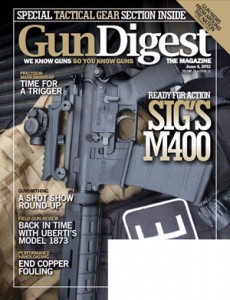 * Remington 870: Home Defense Upgrade
* Remington 870: Home Defense Upgrade
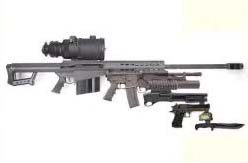


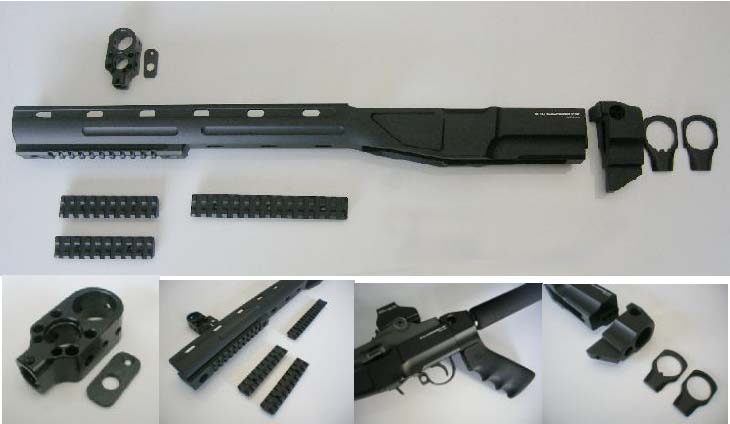



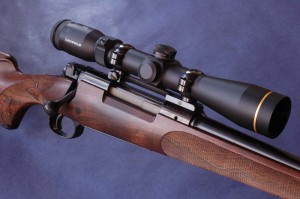
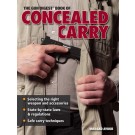
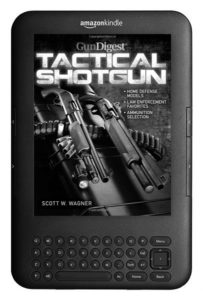






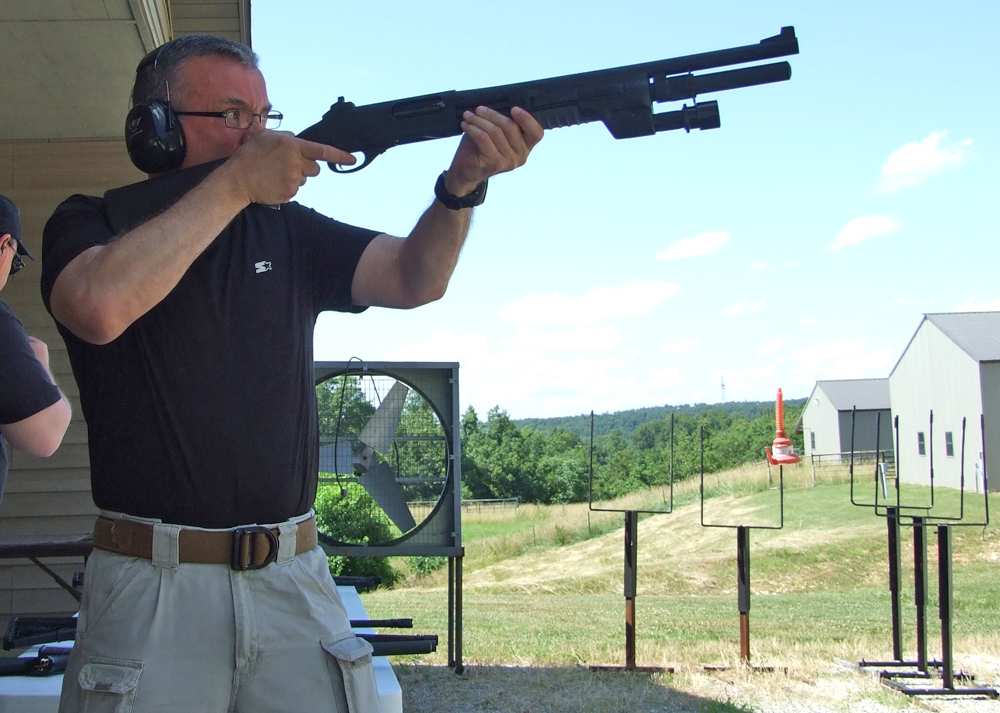
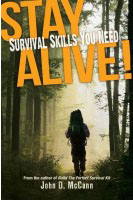
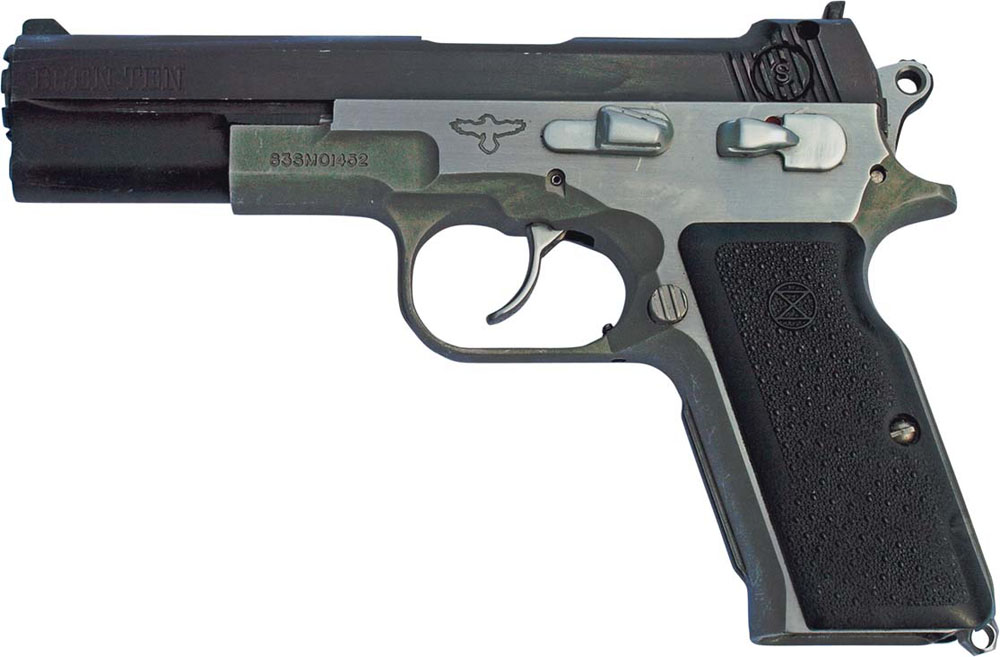
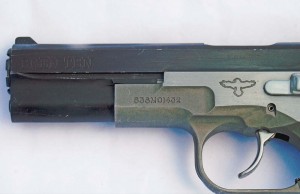
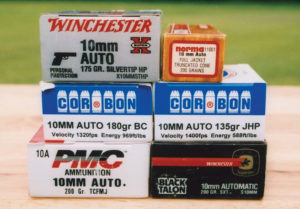


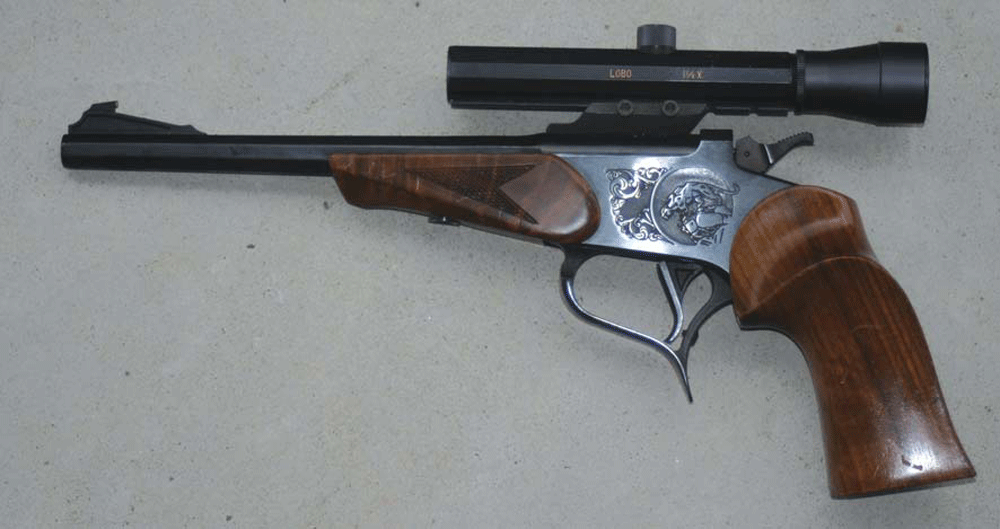
![Best Concealed Carry Guns In 2025 [Field Tested] Wilson Combat EDC X9S 1](https://gundigest.com/wp-content/uploads/Wilson-Combat-EDC-X9S-1-324x160.jpg)


![Best 9mm Carbine: Affordable PCCs [Tested] Ruger Carbine Shooting](https://gundigest.com/wp-content/uploads/Ruger-Carbine-Shooting-100x70.jpg)
![Best AR-15: Top Options Available Today [Field Tested] Harrington and Richardson PSA XM177E2 feature](https://gundigest.com/wp-content/uploads/Harrington-and-Richardson-PSA-XM177E2-feature-100x70.jpg)
